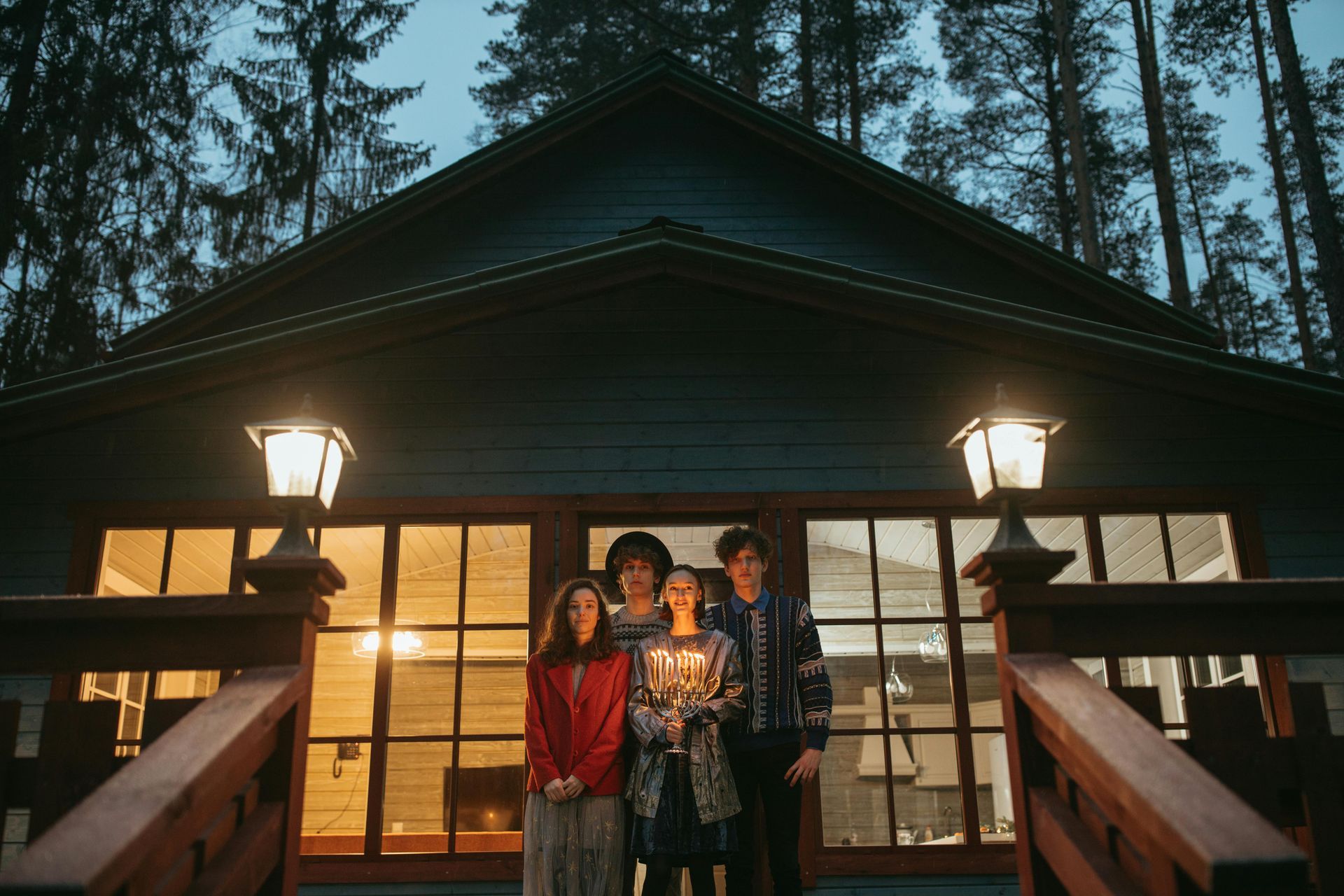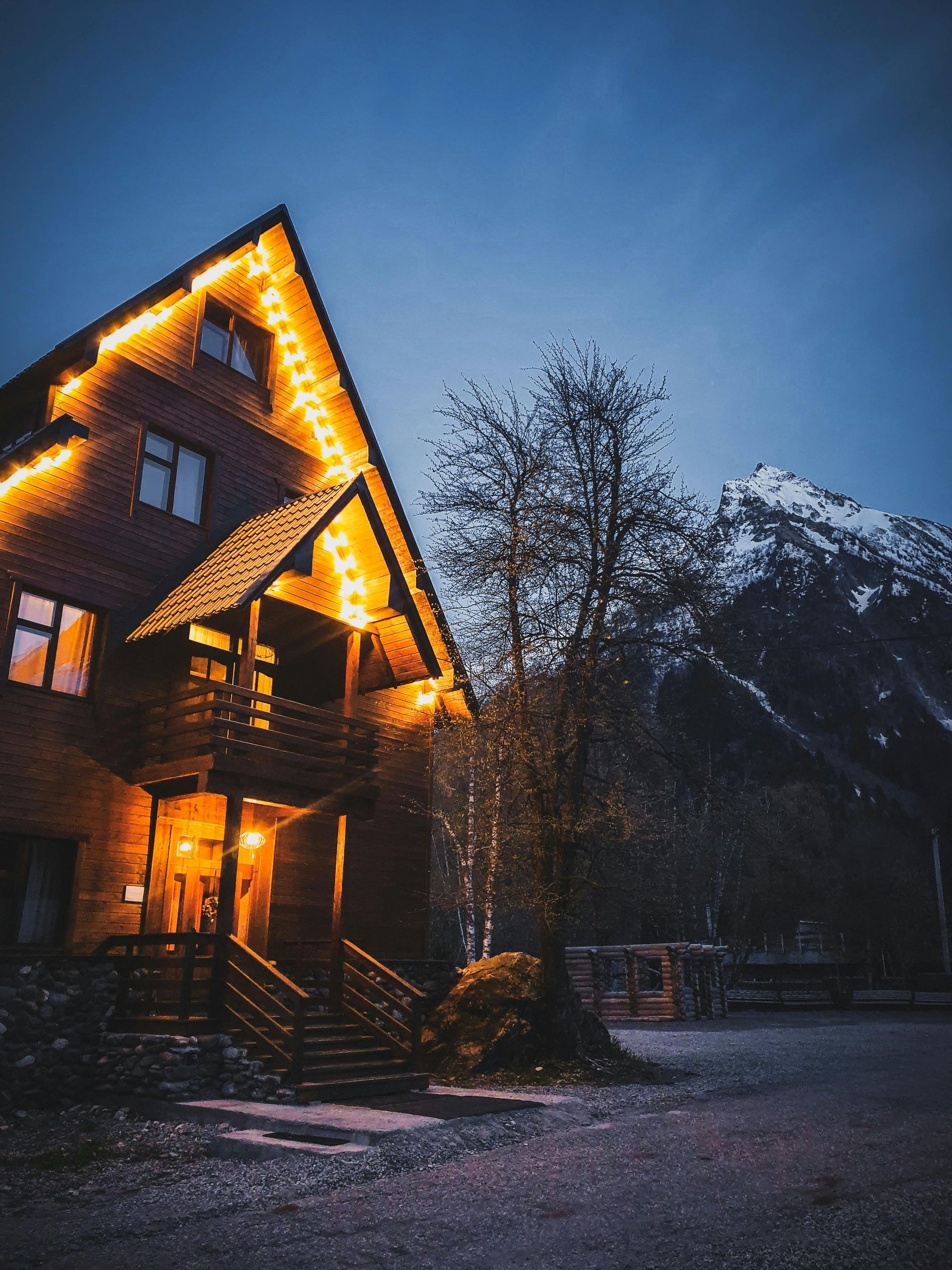Exploring Your Roofing Options as a Homeowner
Different Roofing Systems: Exploring Your Roofing Options as a Homeowner
As a homeowner, choosing the right roofing system is crucial for protecting your investment and ensuring your home's longevity. This comprehensive guide will explore various roofing systems, providing insights often overlooked by other sources and backed by real statistics.
Asphalt Shingles
The most common roofing material in the U.S., asphalt shingles are used on approximately 80% of homes, according to the Asphalt Roofing Manufacturers Association.
- Lifespan: 20-30 years
- Cost: $100-$200 per square (100 sq. ft.)
- Energy Efficiency: Standard shingles can reflect 30% of solar radiation
Lesser-known fact: A study in the Journal of Building Physics found that light-colored asphalt shingles can reduce attic temperatures by up to 20°F compared to dark shingles.
Metal Roofing
Metal roofing has gained popularity, with the Metal Roofing Alliance reporting a market share increase from 3.7% in 1998 to 14% in 2016.
- Lifespan: 40-70 years
- Cost: $120-$900 per square
- Energy Efficiency: Can reflect up to 70% of solar radiation
Interesting statistic: The National Association of Home Builders found that homes with metal roofs sell for an average of 6% more than homes with asphalt shingles.
Clay and Concrete Tiles
Popular in southwestern and coastal areas, these materials offer durability and style.
- Lifespan: 50-100 years
- Cost: $300-$1,000 per square
- Energy Efficiency: Can reduce heat transfer by up to 70%
Lesser-known fact: A study by the Tile Roofing Institute found that clay and concrete tile roofs can withstand wind speeds of up to 150 mph when properly installed.
Slate Roofing
Known for its beauty and longevity, slate is a premium roofing option.
- Lifespan: 75-200 years
- Cost: $600-$1,500 per square
- Energy Efficiency: Natural insulating properties can reduce energy costs by up to 15%
Interesting statistic: The National Slate Association reports that homes with slate roofs have 10% higher resale values on average.
Wood Shakes and Shingles
Offering a natural, rustic look, wood roofing has specific advantages and challenges.
- Lifespan: 20-40 years
- Cost: $250-$600 per square
- Energy Efficiency: Natural insulation properties can reduce energy costs by up to 5%
Lesser-known fact: A study in the Forest Products Journal found that cedar shakes treated with fire retardants can achieve a Class A fire rating, comparable to many non-wood roofing materials.
Synthetic Roofing Materials
These materials mimic natural ones like slate or wood but offer modern benefits.
- Lifespan: 40-50 years
- Cost: $300-$650 per square
- Energy Efficiency: Some synthetic materials can reflect up to 75% of solar radiation
Interesting statistic: The National Association of Home Builders reports that synthetic roofing materials are the fastest-growing segment in the roofing industry, with a 70% increase in market share over the past decade.
Green Roofs
An eco-friendly option gaining popularity in urban areas.
- Lifespan: 40-50 years (for the waterproofing membrane)
- Cost: $10-$25 per square foot
- Energy Efficiency: Can reduce cooling costs by up to 75%
Lesser-known fact: A study by the National Research Council of Canada found that a green roof can reduce heat gain by 95% compared to a conventional roof.
Solar Tiles
An innovative option that combines roofing and energy production.
- Lifespan: 20-30 years
- Cost: $2,100-$2,600 per square
- Energy Efficiency: Can offset 40-80% of a home's electricity consumption
Interesting statistic: The National Renewable Energy Laboratory reports that homes with solar tiles sell 20% faster and for 17% more than equivalent non-solar homes.
Factors to Consider When Choosing a Roofing System:
- Climate: Local weather patterns significantly impact roof performance. The Insurance Institute for Business & Home Safety reports that proper roof selection based on local climate can reduce storm damage by up to 50%.
- Home Architecture: The pitch and complexity of your roof can limit your options. The National Roofing Contractors Association recommends consulting with a professional to ensure your chosen material is suitable for your roof's structure.
- Local Regulations: Many areas have specific building codes and restrictions. The International Code Council updates building codes every three years, so it's crucial to check current local regulations.
- Long-term Costs: While initial costs are important, consider long-term expenses. A study by the Roofing Alliance found that choosing a more durable roofing system can reduce lifetime roofing costs by up to 60% when factoring in maintenance and replacement.
- Environmental Impact: The environmental footprint of roofing materials varies widely. The Athena Sustainable Materials Institute found that metal roofing has the lowest environmental impact over its lifecycle among common roofing materials.
Expert Guidance
Choosing the right roofing system involves balancing numerous factors. This is where professional expertise becomes invaluable. Graduate Contracting offers comprehensive consultations to help homeowners navigate these complex decisions. Their experienced team can provide detailed assessments of your home's specific needs, taking into account local climate, architectural requirements, and long-term cost considerations to help you choose the ideal roofing system for your home.
Conclusion
Selecting the right roofing system is a significant decision that impacts your home's protection, energy efficiency, and value. By understanding the unique characteristics of each roofing system and considering often-overlooked factors, you can make an informed choice that provides long-term benefits for your home.
Remember, the best roofing system for your home depends on a combination of factors specific to your situation. Professional guidance can help ensure you make the optimal choice for your home's needs and your long-term satisfaction.


